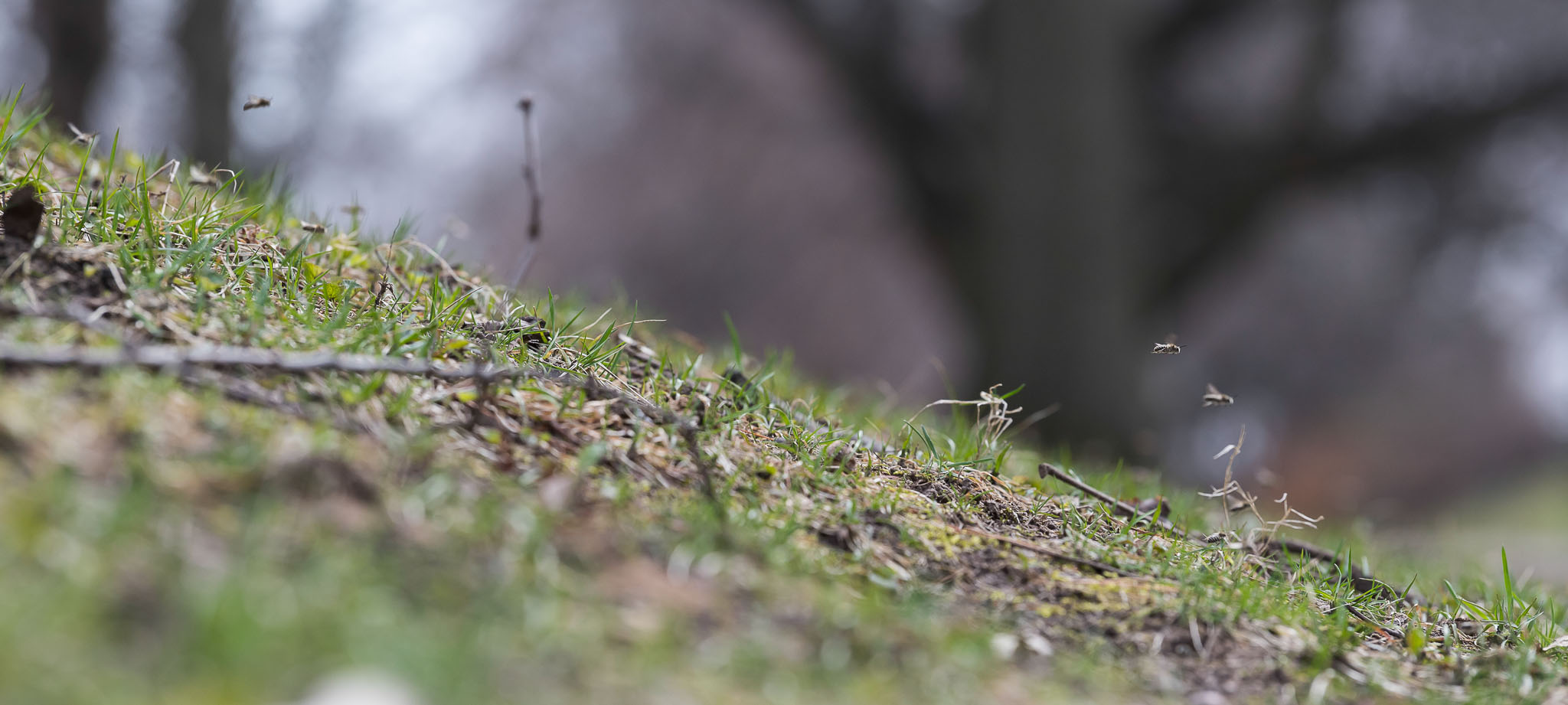Informed conservation decisions about bees require information about local species richness and composition, their pollen host preferences and requirements, and how their populations fluctuate in conditions without the influence of humans. The studies discussed in the other bee research pages (see also publications) were often made where human impact has been low, and provide some baseline to evaluate changes in bee communities where anthropogenic influence has been larger. One take home is that bee communities vary tremendously (Minckley et al., 1999; Williams, Minckley & Silveira 2001). A collaboration organized by Gretchen LeBuhn developed sampling protocols that have since been widely adopted (LeBuhn et al., 2003). Most bees are rare in studies. To circumvent this problem, we have used trait-based methods to predict how bees respond to anthropogenic change. By lumping species with similar life history traits (pollen host breadths (pollen specialist vs, pollen generalist), nesting habit (cavity-nesting vs. ground-nesting), body size (small vs. large) inferences can be made from those that are common about those that are rare (Cane et al 2006). Lastly, we have found that bees can be remarkably resilient. Many bees persist in all but the smallest desert fragments formed by urbanization in southern Arizona, USA (Howell, Minckley & Alarcon 2017; Cane et al., 2006). In the San Bernardino Valley, intensive long-term ranching did change the abundance of solitary bees but not the high species richness of this bee hotspot (Minckley 2014).
